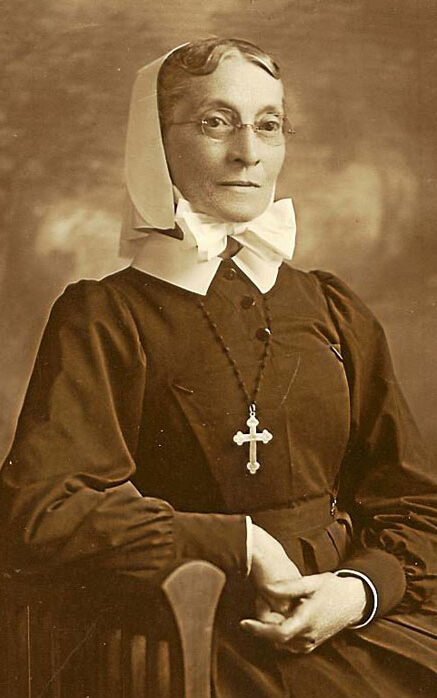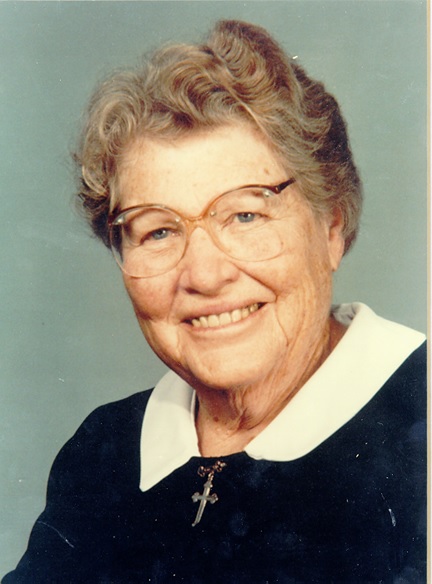Meet the Women Who Shaped KenCrest’s History
Sister Maria Roeck and Sister Grace Jones made wonderful contributions to KenCrest’s history and we celebrate them this Women’s History Month.
By Sydney Kerelo
We all appreciate remembrance days and months. They challenge us to be better informed, make us grateful to the people who got us this far, and often make us more determined to carry on their work. We just finished Black History Month, and now, Women’s History Month in March. KenCrest has some excellent contributions from women in our history. Here are the stories of two women who helped shape who KenCrest is:
Sister Maria Roeck

Sister Maria Roeck
Sister Grace Jones
Sister Grace knew that strengthening our community was not over when tuberculosis was cured, and she led us to a new purpose. Sister Grace spoke out as a new Deaconess-In-Charge, reminding the leaders of her time that education and support were an obligation, not an option.

Sister Grace Jones
As the third Deaconess, Sister Grace changed the mission of KenCrest from focusing on tuberculosis to helping those with developmental and intellectual disabilities. She firmly believed in family support and wanted to ensure that it met the needs of the family and the people supported.
Sister Grace pioneered our region of education and opportunity for people with special needs and helped KenCrest provide services to people in the 1950s. She improved a mission that endured 50 years and reshaped an organization that has lasted more than 70 years.
All women make someone’s history, whether they are someone who loved us and helped raise us or someone we served.
As the Agency navigates KenCrest’s history and the history of women’s leadership, we know that our work toward inclusion is not finished. While, as a society, we have passed laws regarding equal rights, we see evidence of injustice every day.
Our greatest goal is to lead the community forward by inspiring and challenging everyone to do what’s plausible — ensuring full participation for people with disabilities in our society. Our part in that goal as KenCrest is to advocate for the inclusion of the people we support and help strengthen the neighborhoods where they reside.
What’s your greatest goal at KenCrest? What do you imagine will be needed to push forward on inclusion?

